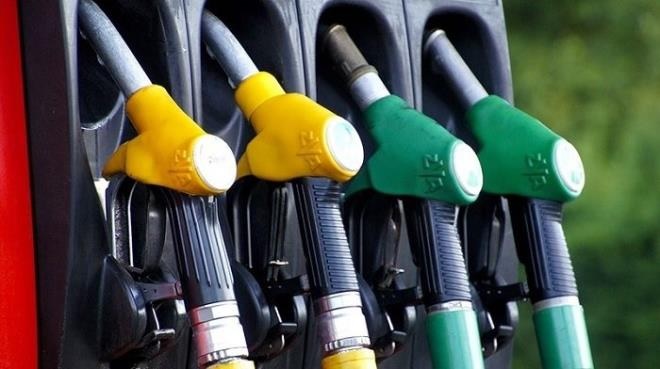National crude oil production reached 1,347 kilotons (kt) in 2024, marking a 13% decrease compared to 2023, according to the energy outlook report published by the National Observatory of Energy and Mines.
This decline affected several oil fields, including Ashtart (-24%), El Hajeb/Guebiba (-32%), Gherib (-30%), Maamoura (-85%), Nawara (-18%), Miskar (-22%), Barka (-35%), Halk el Manzel (-15%), Cherouq (-12%), Hasdrubal (-9%), and Cercina (-8%).
In contrast, other fields saw an increase in production, such as Ezzaouia (+68%), Adam (+8%), El Borma (+4%), Bir Ben Tartar (+39%), and Sidi Litayem (+16%). The average daily oil production dropped from 33.1 thousand barrels per day in 2023 to 28.8 thousand barrels per day in 2024.
3% Rise in National Demand for Petroleum Products
National demand for petroleum products increased by 3% in 2024 compared to the previous year, reaching 4,550 kilotons of oil equivalent (ktep). The Observatory reported a rise in demand for gasoline by 9%, diesel by 6% and jet fuel by 3%.
On the other hand, demand for liquefied petroleum gas (LPG) and petroleum coke decreased by 1% and 11%, respectively.
Regarding the structure of petroleum product consumption, there were no significant changes between 2023 and 2024, except for a few products, including petroleum coke (from 12% to 11%), gasoline (from 18% to 19%), and diesel (from 44% to 45%).
Road fuel consumption increased by 7% between 2023 and 2024, accounting for 65% of total petroleum product consumption.
LPG consumption decreased by 1% between 2023 and 2024.
Petroleum coke consumption declined by 12% between 2023 and 2024 (partially estimated data). The Observatory noted that this product is exclusively used by cement plants and can be substituted with natural gas and heavy fuel oil.
Additionally, jet fuel consumption rose by 3% in 2024 compared to the previous year.














